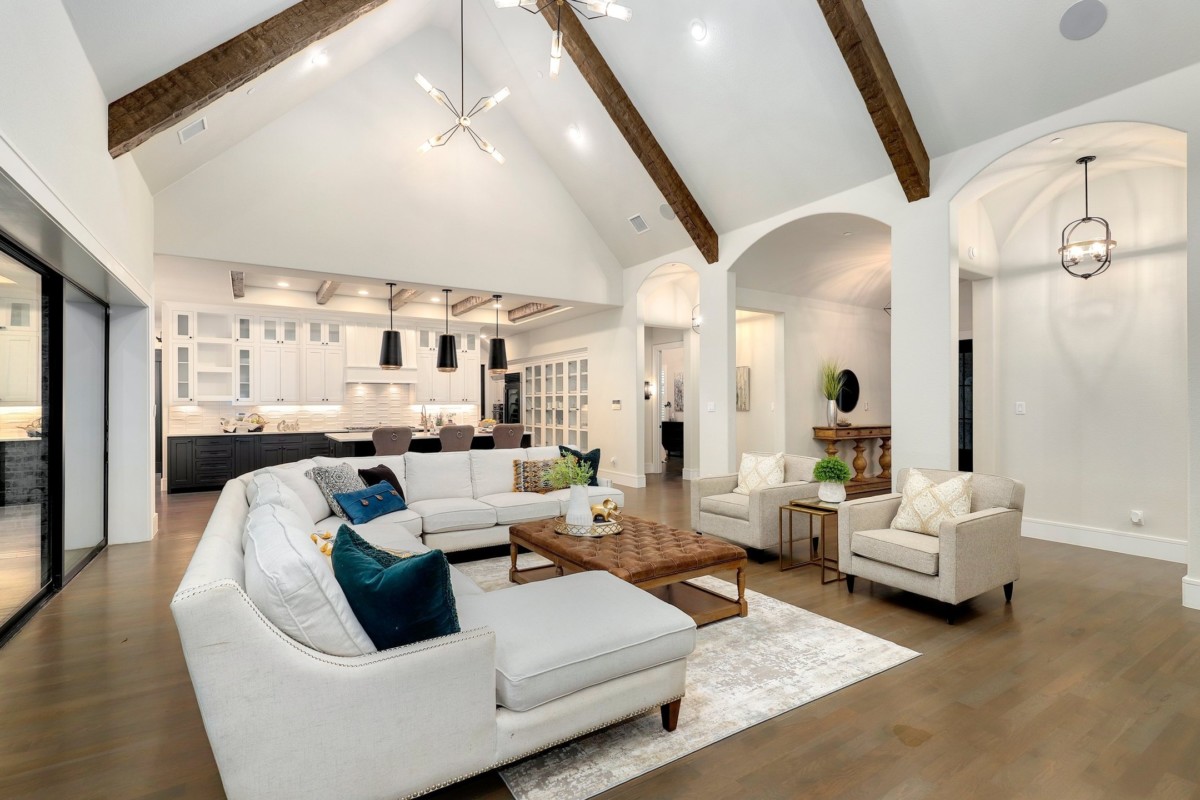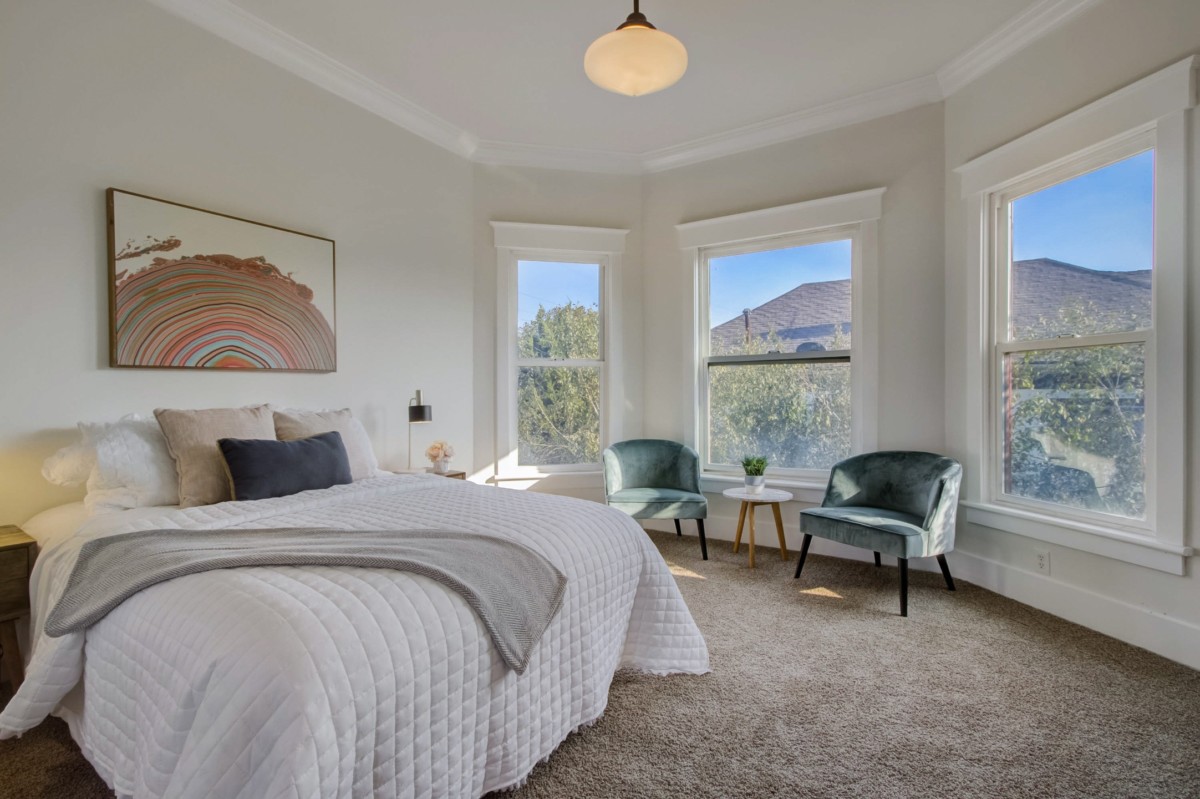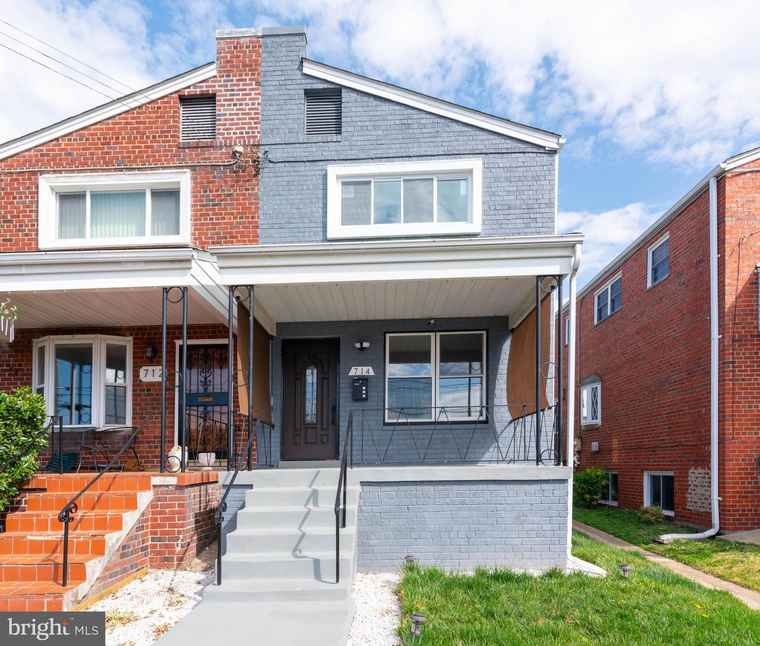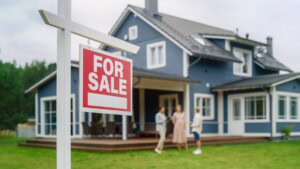The day has come – you’re ready to list your home for sale, watch the offers roll in, and move into your next home. But before you put your house on the market, consider staging your home. A staged house allows buyers to envision themselves living in your home, which could increase the number of offers you see and offer price
You may be wondering, how much does it cost to stage a house? Is home staging worth it? Is there any way to save money on home staging costs? We’ll tell you exactly what you need to know.

How much does it cost to stage a house?
Home staging costs an average of $1,800, but can range anywhere from $600 to $4,000. Staging costs depend on factors like your home’s size, if you’re staging a vacant home, and more. This may seem pricey, but staging just may give your home the boost it needs to sell.
What do home staging costs cover?
1. Consultation cost: The initial design consultation can cost anywhere from $150 to $600 and typically takes about two hours. After this, the stager will provide you with an estimate of how much the project can cost and any other fees.
2. Room-by-room staging: Staging a room costs about $300 to $700. So, the more rooms you have staged, the more it’s going to cost.
3. Price per hour: Some stagers charge you per hour rather than a flat fee. It can range from $25 to $150.
4. Price per project: The average project cost ranges from $800 to $1,000, not including furniture rental costs. Typically, stagers will present you with an estimated cost of the project after your design consultation.
5. Furniture rental costs: Renting furniture can cost anywhere from $500 to $600 per room. It could cost up to $2,000 depending on the number of rooms you have staged. If you’re staging a vacant home or your furniture is worn, your stager may recommend renting furniture.
6. Decluttering and rearranging: If your stager uses your current furniture and décor, it’s typically less expensive, about an $800 flat fee. This cost covers decluttering personal belongings and rearranging furniture to make your space more appealing. If you’re willing to declutter your home yourself, this rate can be even less.
7. Other home maintenance projects: Depending on your home’s condition, your stager may suggest other home improvement projects. These projects can include updating the light fixtures, refinishing the cabinets, hiring a cleaning service, or painting your walls a neutral color. This cost will vary depending on what you need to update.
>>Read: How Much Does it Cost to Sell a House?

Does staging your home help it sell?
Yes, staging does help your home sell. According to the National Association of Realtors (NAR), 81% of buyer’s agents said staging made it easier for potential buyers to see themselves living in the home. This means buyers are more likely to make an offer on the home.
Additionally, staging a home may increase the final selling price of your home. In a 2024 study from the Real Estate Staging Association (RESA), on average staged homes sold over the list price on average of $70K. While home staging isn’t guaranteed to help you sell your home faster and for more money, on average it seems to make the selling process easier.
Ann Waters of Naples Home Staging comments on the importance of creating a great first impression, saying, “The first seven seconds a buyer spends in your home are critical. Buyers form an impression that affects how they view the rest of the home. If their first impression is “Wow!,” they’re more likely to judge the rest of the home more positively.”
How to save money on staging costs
1. Stage only the most important rooms: They continue, “If your home has a gorgeous outdoor space, staging it could make that feature even more of a draw. On the flip side, your stager can turn a cramped, dark spare room into a beautiful office or twin bedroom, helping potential buyers to see the functionality of the space.”
2. Stage using your belongings: If your furniture is in good condition, you can reduce staging costs by using your own belongings. Consider decluttering your space by removing excess personal items like photos and knick-knacks.
3. Take tips from the staging consultation: Depending on your budget, some stagers offer a consultation to provide home staging tips that you can use to stage your home on your own. You’ll still pay a consultation fee, but you won’t have to pay to stage each room.
4. Consider soft staging: Another cost-saving option is soft staging. Christina LaMonica, owner and lead designer at Blossom Home Staging, adds, “Soft staging is convenient for sellers. It transforms a property from an empty impersonal space, into a warm, inviting home. Soft staging is an investment, not an expense.”
Many stagers don’t offer soft staging, but that doesn’t mean you can’t find a stager that does. It’s good to note that soft staging usually works better in vacant homes.
5. Limit the furniture you rent: If you’re looking for a slight step up from soft staging, consider renting a few key pieces of furniture to help bring the vacant rooms together. Think of a pair of chairs rather than a full dining room set.
6. Consult with your real estate agent: Your real estate agent can provide you with advice about staging your home, like budget-friendly tips and tricks. For example, they may recommend that you take up some simple home improvement tasks first, like painting or decluttering.
7. Consider virtual staging: Virtual staging is another cost-effective way to stage your home without needing any furniture in your home. Better suited for empty homes, virtual staging is done by a professional virtual stager who digitally inserts furniture and decor into photos of your home. Virtual staging also costs much less than traditional staging, typically between $39 and $199 per room.
FAQs about home staging
What is home staging?
Home staging is the art of decorating your house to appeal to potential homebuyers and can be an integral step in selling your house. It’s an important marketing tactic that helps sell your home faster.
Who pays for home staging?
You, the seller, will likely pay to stage your home. There may be some cases where your real estate agent includes staging or an initial consultation as part of their marketing plan. Sometimes, your real estate agent may also be a certified stager and offer the service as an additional service.
Is home staging worth the price?
The cost of staging a home is often worth it. From marketing your home to potential buyers and possibly seeing an increase in offers, staging your home can make the selling process that much easier.
How do I find a good stager?
Showhomes Houston advises the following, “Ensure your stager can deliver the benefits. Ask for their professional qualifications, their portfolio of past work in comparable homes, their success statistics, and if they’re insured for damage and liability. Choose a stager that will help your home sell.”
























